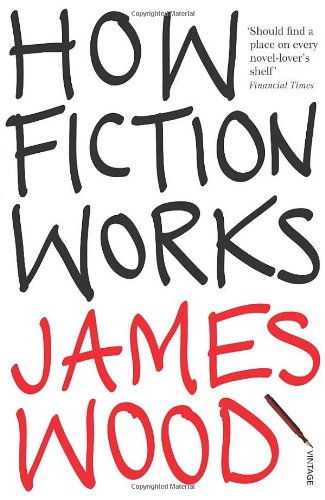I finished James Woods’s How Fiction Works (2008, 248p) today. Woods talks about the conventions and practices of fiction in the tradition of E.M. Forster. The elements of fiction are enthralling, as they convey life. After having recently finished Robert McKee’s Story: Substance, Structure, Style, and the Principles of Screenwriting (1997, 419p), the two books come up for easy comparison. Woods discusses the conventions of various authors, most well kn0wn, and how details, realism, character, language, metaphor, and other literary devices mix in the history of fiction from as far back as the Bible. I enjoyed the work as a reminder of the aesthetic enjoyment of reading fiction arising from supreme craftsmanship. Very good indeed, although not as enjoyable as Story, which is an amalgam of high culture (lots of Aristotle referenced) with plentiful dishes of “how to” added. For trial lawyers (or those who have followed the example of the likes of Grisham or Stephen H. Greenleaf and moved to full-time writing), the books have a practical import on how to convey our clients’ stories, which is the stuff of trials.

No comments:
Post a Comment